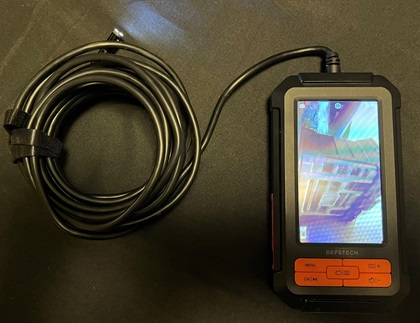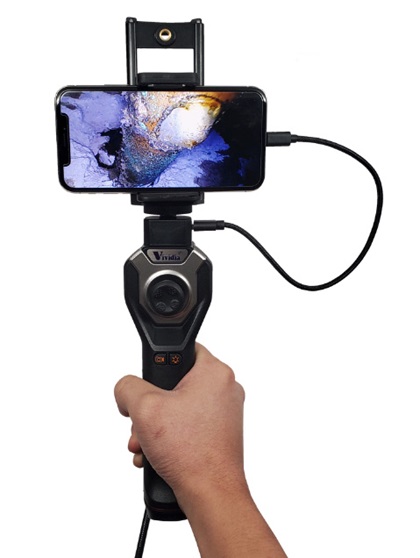Aircraft Maintenance: Borescopes empower proactive aircraft owners
Digital borescopes have revolutionized aircraft maintenance, especially engine maintenance. Instead of waiting for failures to occur, we can proactively monitor critical components such as exhaust valves. This often makes it possible to catch issues early and fix problems with relatively low cost and noninvasive techniques.
Along with the advances in scope technology, aircraft maintenance experts have made great strides in learning how to interpret the resulting images. We have learned what different colors and patterns mean when looking at valves; how to identify detonation signatures on pistons; and how to evaluate break-in, damage, or wear issues from the cylinder walls. The key to accessing this expertise is simply taking quality images on a routine basis and keeping your maintenance folks in the loop. More than ever, maintenance is an ongoing process, rather than a once-a-year event. So, if you own an aircraft, you should also own a borescope (and know how to use it).
A range of borescope options
Most aircraft owners will be well-served by digital borescopes ranging in price from under $100 to about $700. You can spend less or more, but most units outside of this range are of limited cost/benefit value to the average owner or mechanic. Given the cost of fuel on the average general aviation flight, choosing a unit at the upper end of the range seems like a worthy investment. The quality and ease of use of these units make the process easier, and the high-quality images are of much more value to a mechanic for analysis. Here are a few examples to better understand the pros and cons:
Low-end (less than $100)

Example: Depstech DS350 ($80 on Amazon)
A quick search on online shopping sites will reveal many low-cost scopes with built-in displays. Many advertise high resolution such as 1080p. However, this only represents the size of the resulting images. The screens tend to have low resolution and can be difficult to interpret when adjusting lighting and focus during the process of capturing the images. This, plus the challenges of getting the camera in position to capture the images you need, often results in getting back home only to find out that you need to go back and try again to get quality images.
Midrange (less than $400)
Example: Vividia AbleScope VA-400 with Wi-Fi ($320 on Oasisscientific.com)
The AbleScope VA-400 has been widely used in GA for some time. It produces quality images (1280x720) and the head can articulate backward to look at valves fairly easily. The downside is that the setup is clumsy with wires and either plugs into a laptop or uses an external Wi-Fi box (and more wires and battery charging) to stream images to your phone or tablet.
High-end (less than $700)

Example: Vividia CX-6078i Semi-Rigid Joystick Articulating ($700 on Oasisscientific.com)
The Vividia CX-6078i is truly a pleasure to use. You simply snap your phone into the holder and attach a single wire, and you are ready to take incredible images or video using a simple thumb joystick that allows you to move the camera in any direction. You can literally place the probe through the spark plug hole and use the joystick to “take a tour” of the entire cylinder without all the twisting, turning, bending, and re-tries that every other scope requires. Once you have the view you want, the camera locks in place with the touch of a button and snaps images just as easily. The free app (the same app as for the VA-400) is easy to use and lets you store or send images just as you would any other photos.
Using a borescope
Regardless of which unit you choose, it pays to understand what images your mechanic will need to see to make the most of the process. It’s also important to organize the images by cylinder number and date for current and future reference. Having more images isn’t always better. Simplicity is the key. You just need a single, quality image of each item worthy of inspection. Take some time to practice and capture the following images for each cylinder (for standardization):
- Full piston crown (entire face).
- Full face of exhaust valve.
- Full face of intake valve.
- Exhaust valve seat and guide area (looking with valve fully open).
- Cylinder wall images looking up, down, left, and right.
Oil changes are a great opportunity to pull out your top plugs and get a quick set of new images from each cylinder. By keeping a standardized log of past images, you and your mechanic can look for trends and catch issues early. With a quality scope and some practice, you’ll find the process goes quickly. Better yet, you’ll go into your annual inspection with confidence that you already know how things are going inside every cylinder. Until next time, I hope you and your families remain safe and healthy, and I wish you blue skies.



